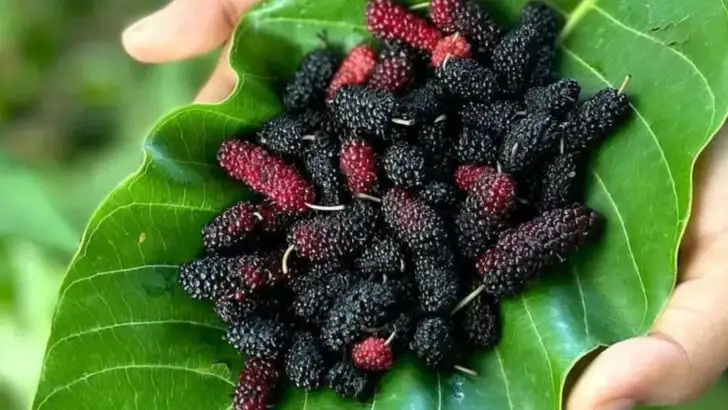Gardening on a homestead comes with its own unique set of challenges, especially when Mother Nature doesn’t cooperate. Whether you live in a region plagued by scorching heat, unpredictable droughts, or simply don’t have the time to tend your garden every day, choosing the right crops can make all the difference. Growing food that thrives in tough conditions is essential not only for survival but for maintaining a productive and sustainable homestead year after year.
Fortunately, nature has provided us with a variety of resilient crops that tolerate heat, dry spells, and even some neglect without sacrificing yield or flavor. These plants have been trusted by generations of homesteaders who needed food they could count on when the weather turned against them. From deeply rooted vegetables that tap into hidden moisture to fruits that flourish under the sun’s harsh glare, these hardy crops offer both nutrition and peace of mind.
In this article, we’ll explore 20 homestead-friendly crops that are well-suited for dry, hot, and low-maintenance conditions. Whether you’re planning your first garden or want to improve your current one, these plants can help you build a more resilient, drought-tolerant food source that’s as tough as you are.
Sweet Potato
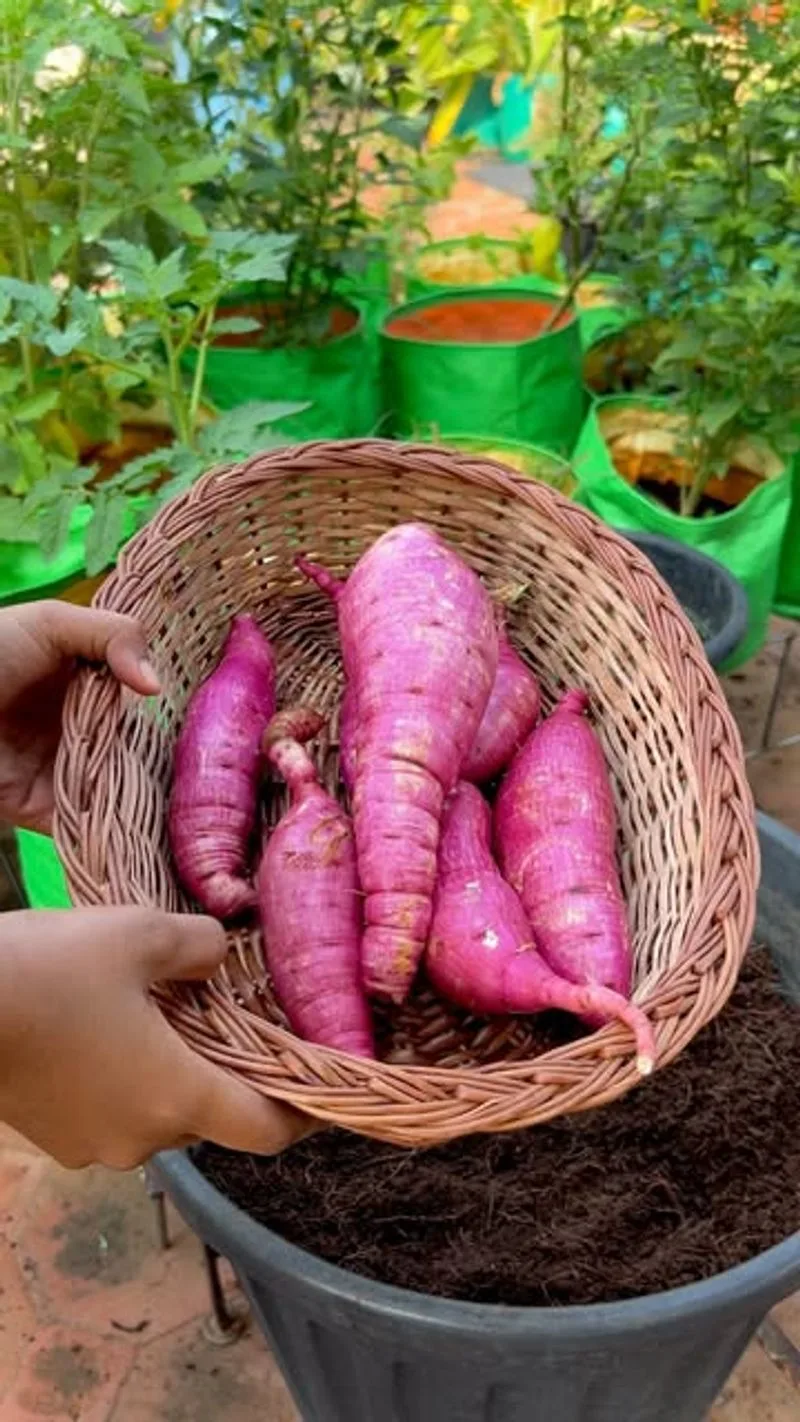
Renowned for its vibrant green vines and orange tubers, sweet potato is a staple in many homesteads. It thrives in hot, dry climates, making it a top choice for drought-prone areas. While its vines spread generously, the tubers develop underground, requiring minimal attention once established. This dual-purpose crop offers both nutritious greens and delicious roots, perfect for a variety of dishes. Its deep roots help break up compacted soil, improving garden health overall. Often overlooked, sweet potatoes are packed with vitamins, offering a hearty addition to any meal while improving soil quality.
Okra
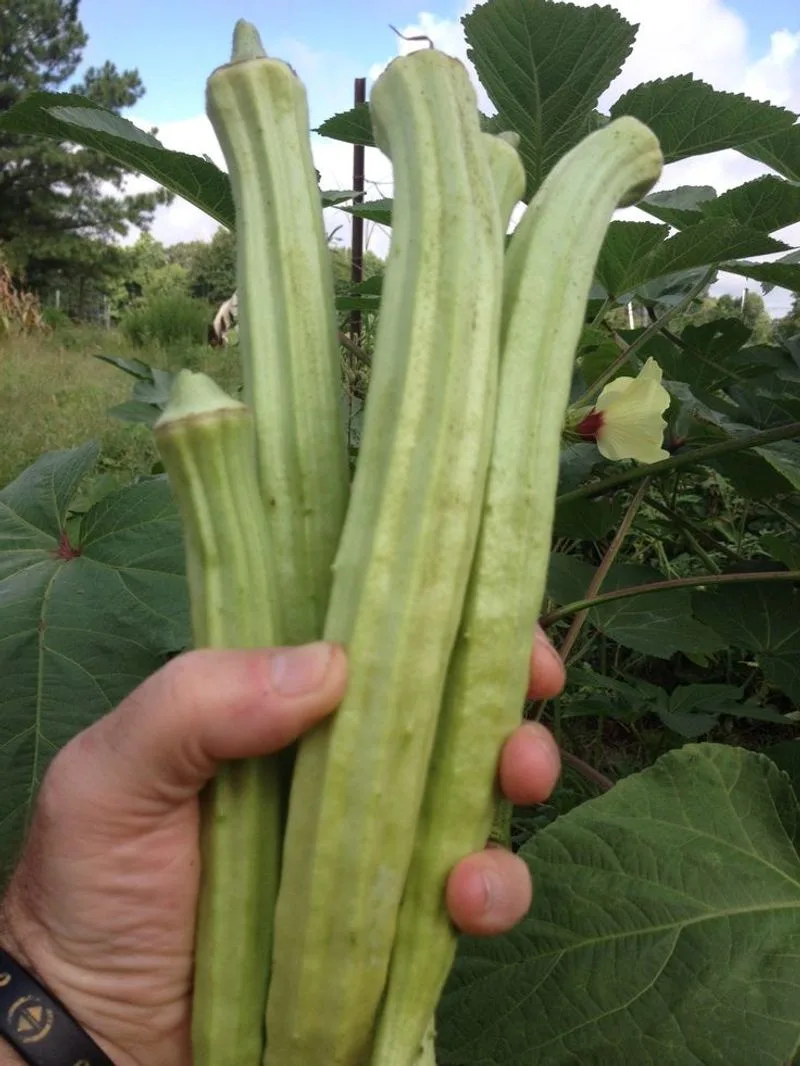
Okra’s resilience in hot climates is legendary, making it a hero among heat-tolerant crops. Its tall, sturdy stalks bear pods that are both a culinary delight and a nutritional powerhouse. Known for their slimy texture, okra pods are often used to thicken stews, adding a unique flavor and texture. The plant requires minimal watering, thriving in full sun and poor soils. Its ability to bounce back after neglect ensures it remains productive. Okra’s vibrant yellow flowers add a splash of color, making it as attractive as it is practical for homestead gardens.
Amaranth
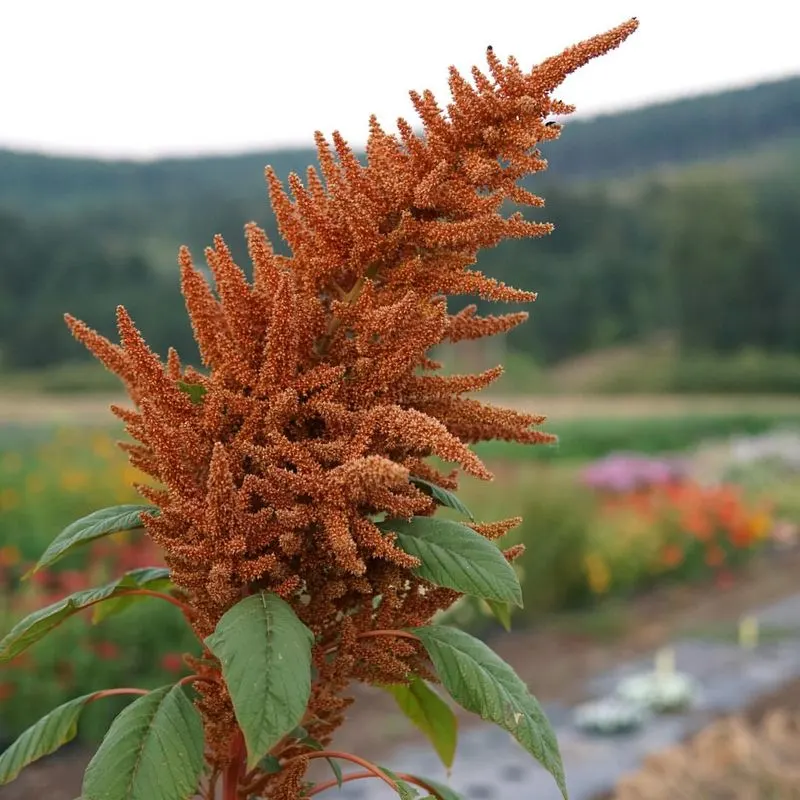
Amaranth is a standout with its striking foliage and grain-like seeds. This ancient crop has regained popularity for its drought tolerance and nutritional benefits. Both leaves and seeds are edible, offering versatility in the kitchen. Amaranth thrives in poor soil conditions, requiring little more than an occasional watering to stay productive. Its vibrant leaves add a pop of color to any garden, while its seeds are rich in protein and micronutrients. Easy to grow and maintain, amaranth is an ideal choice for those looking to diversify their homestead harvest.
Black-Eyed Peas
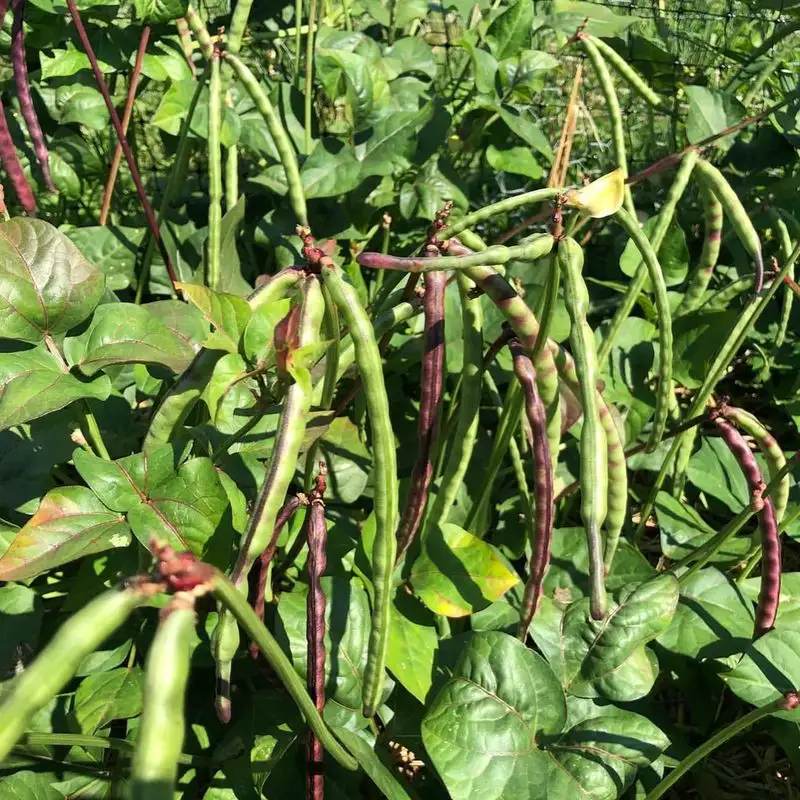
Famous for their distinctive eye-like marking, black-eyed peas are a hardy legume popular in hot, dry regions. These peas require minimal water once established, making them ideal for areas with inconsistent rainfall. Their creeping habit allows them to spread, fixing nitrogen in the soil and boosting fertility. Black-eyed peas are highly nutritious, providing protein and fiber in abundance. Their adaptability to different soil types and neglect makes them a staple in resilient gardening. Whether used in salads or soups, they offer a flavorful addition to homestead meals.
Luffa
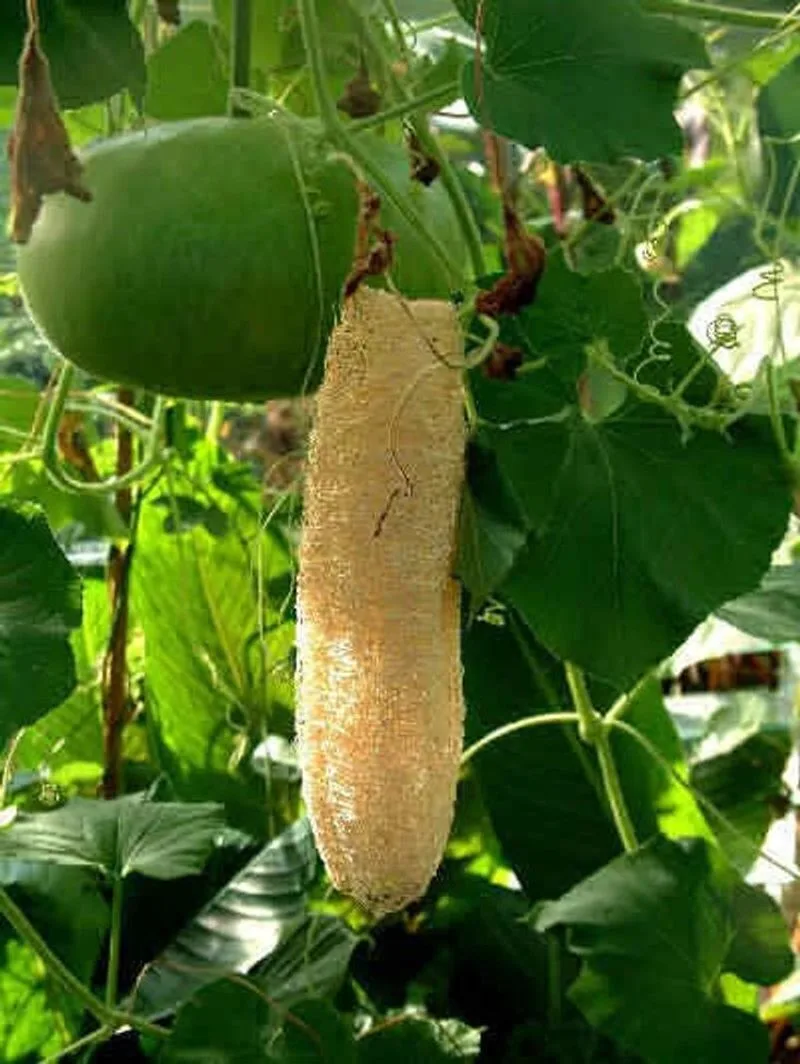
Most commonly known for their use as natural sponges, luffa plants are a fantastic addition to any homestead. These vines are exceptionally heat-tolerant and can thrive with minimal water. Luffa’s ability to grow in a variety of soil types makes it versatile and easy to maintain. When young, its fruits are edible, often compared to zucchini in flavor. As they mature, the fibrous interior of the fruit becomes ideal for making sponges, offering a sustainable household resource. Luffa combines functionality with resilience, perfect for those seeking eco-friendly solutions.
Quinoa
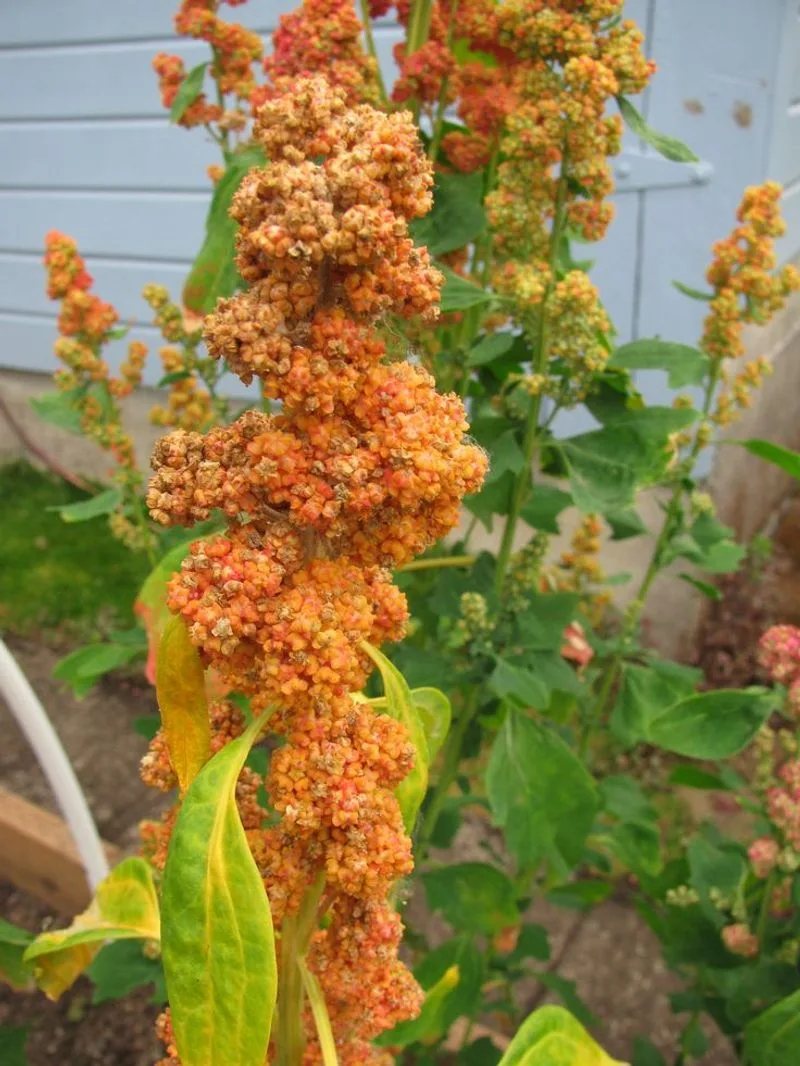
Quinoa’s resurgence as a superfood has highlighted its robust nature. This resilient crop thrives where many others falter, enduring drought and poor soils with ease. Its seeds, packed with protein and essential amino acids, are a valuable food resource. Quinoa requires little water once established and can adapt to various climates, making it ideal for homesteads facing harsh conditions. Its adaptability extends to its growth habits, needing minimal intervention to produce a bountiful harvest. With its nutritional benefits, quinoa offers a mighty punch to any diet, all while being easy to cultivate.
Nopal (Prickly Pear Cactus)
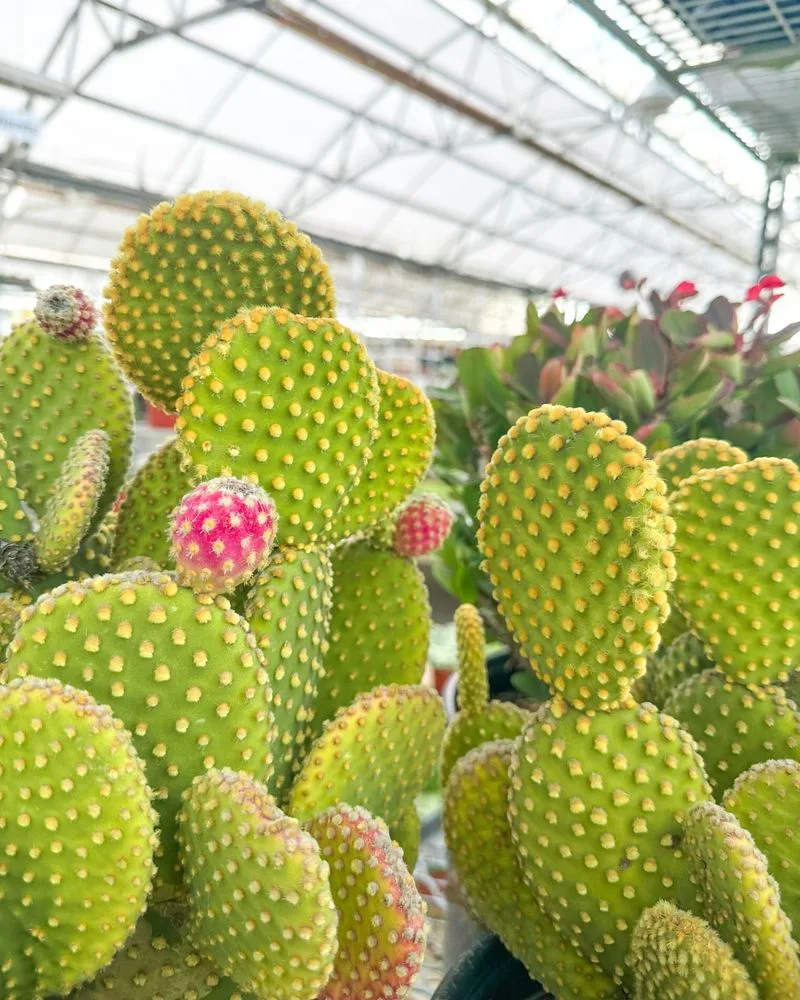
Nopal, or prickly pear cactus, is an icon of desert survival. Its thick, fleshy pads store water, allowing it to thrive in arid conditions where other plants falter. Both the pads and fruits are edible, offering a source of food that requires almost no maintenance. Nopal’s resilience extends to poor soils and extreme temperatures, making it a valuable addition to any drought-resistant garden. The fruits, often called tunas, are sweet and jelly-like, providing a refreshing treat. This cactus is more than just a survivor; it’s a culinary gem in arid agriculture.
Sunflower
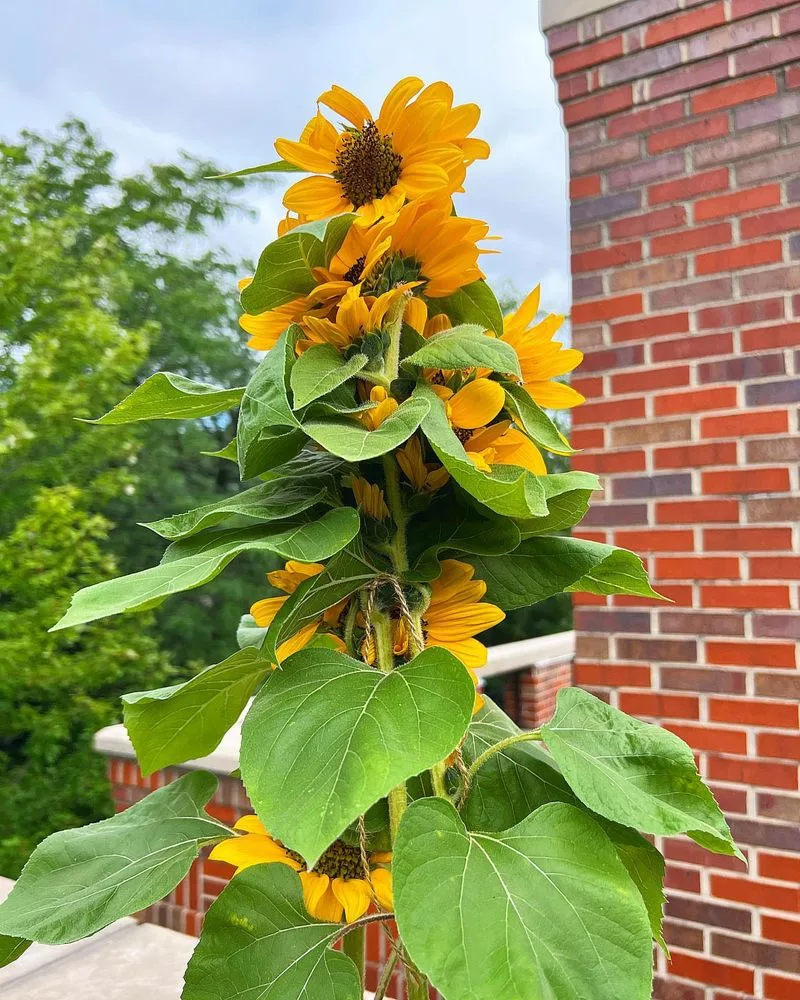
Sunflowers are not only visually striking but also incredibly hardy. These plants are sun-loving, thriving in hot, dry conditions where others might wither. Their deep roots search for moisture, allowing them to endure periods of drought. Sunflowers produce seeds that are both nutritious and versatile, used in snacks, oil production, and bird feed. Their tall stature provides natural shade and windbreaks, benefiting neighboring plants. Known for following the sun, these cheerful blooms bring brightness and functionality to any homestead, proving that beauty and resilience can go hand in hand.
Chickpeas
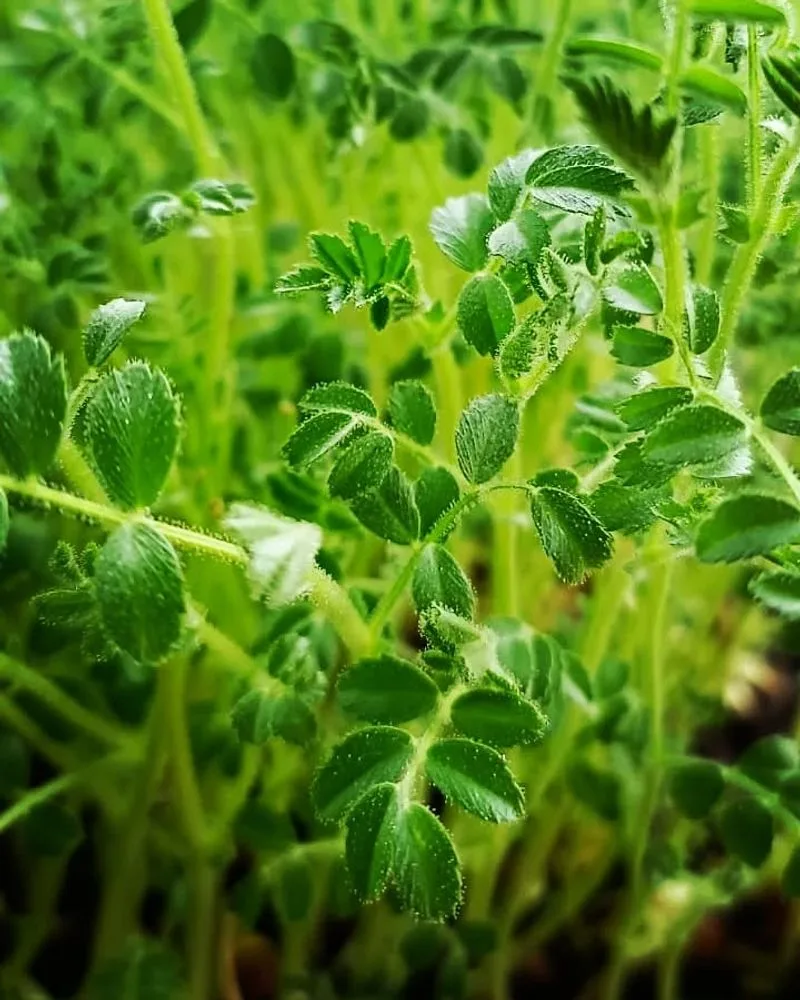
Chickpeas, or garbanzo beans, are champions of dry climates, thriving where others might struggle. These legumes require minimal watering and are known for their soil-enriching properties. Packed with protein and fiber, chickpeas are a staple in many diets around the world. Their ability to fix nitrogen in the soil enhances fertility, benefiting other plants in the vicinity. Once established, chickpeas are low-maintenance, offering a bountiful harvest with little effort. Whether roasted, blended into hummus, or added to soups, chickpeas are a versatile and rewarding crop.
Mulberry
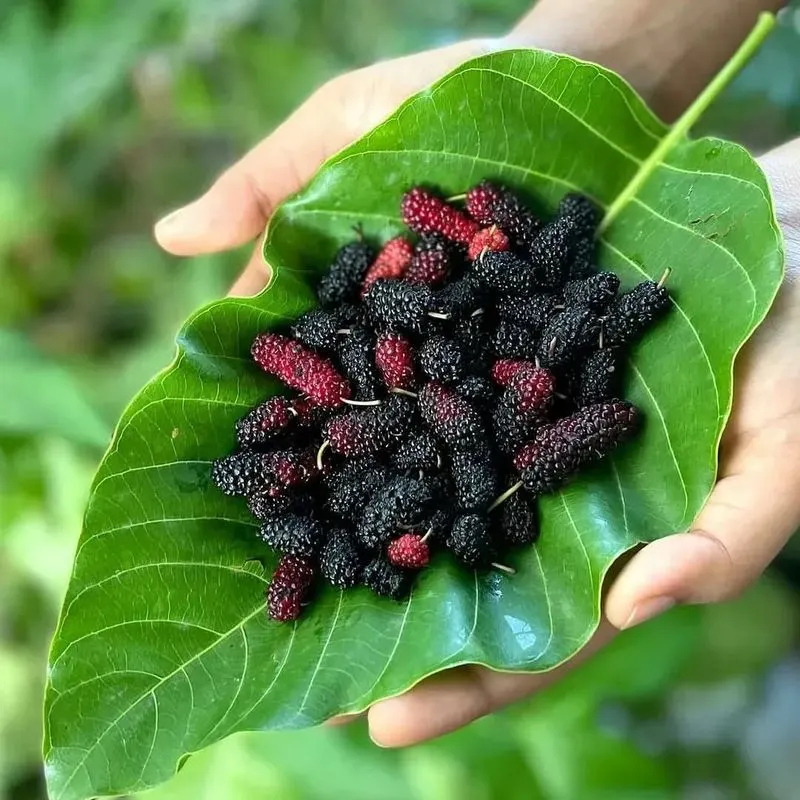
Mulberry trees are hardy and resilient, providing shade, fruit, and foliage with minimal care. These trees thrive in a range of climates, from temperate to hot and dry, adapting well to less-than-ideal conditions. The berries, sweet and slightly tart, are loved by both humans and wildlife. Mulberries require little water once established and can handle periods of neglect, making them ideal for hands-off gardeners. Their leaves are also edible and nutritious, often used in herbal teas and as livestock forage. Mulberries add a touch of sweetness to the self-sustaining homestead.
Sorghum
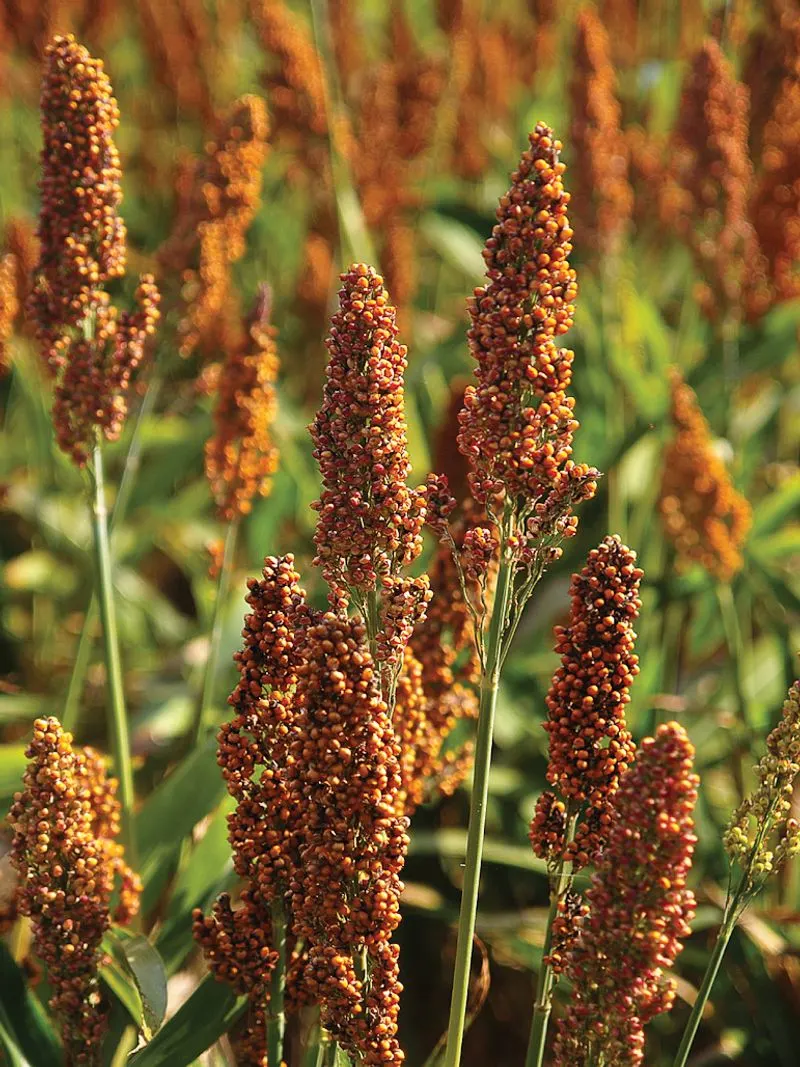
Sorghum is a versatile grain known for its drought tolerance and adaptability. This tall, hardy plant produces seeds that can be used in cooking, as animal feed, or converted into syrup. Sorghum thrives in hot, dry conditions, requiring little water to produce a fruitful harvest. Its robust root system helps prevent soil erosion, making it beneficial for land management. With its ability to flourish in marginal soils, sorghum is an excellent choice for sustainable agriculture. Its sweet, molasses-like flavor when processed into syrup adds culinary variety to homestead kitchens.
Purslane
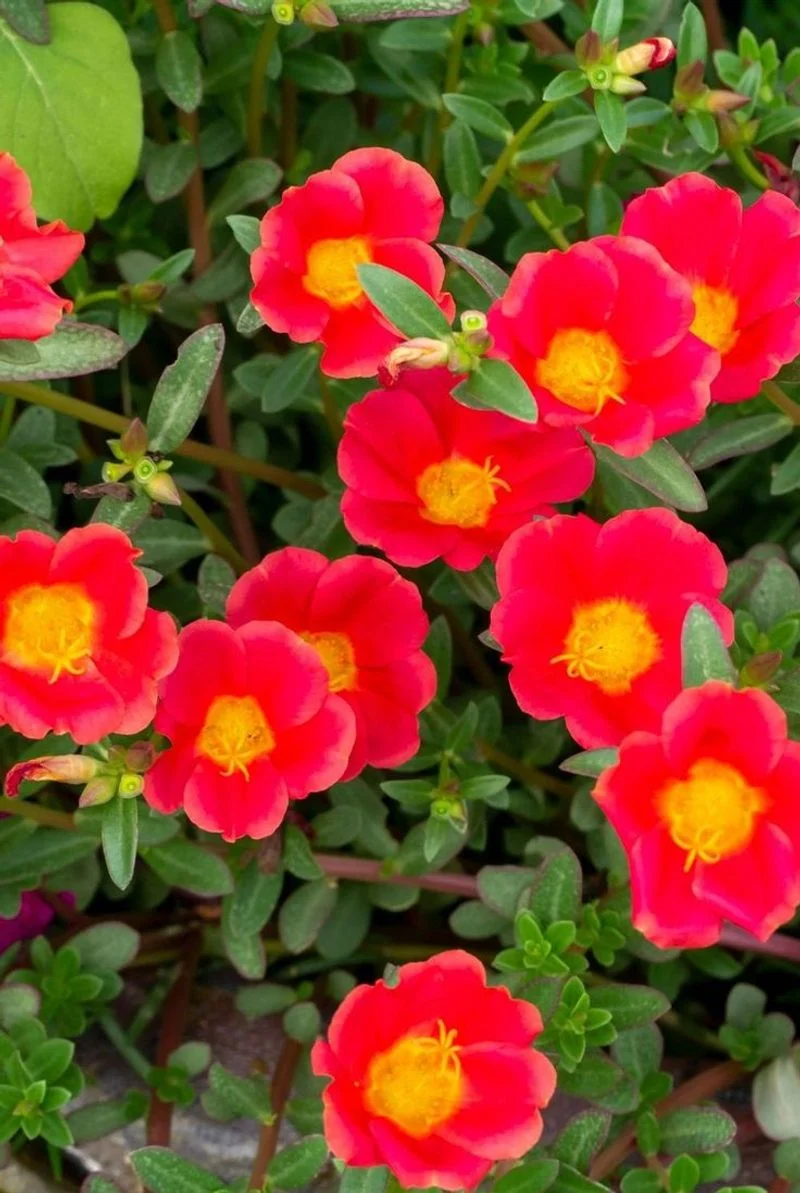
Purslane is a succulent often regarded as a weed, yet its nutritional profile is impressive. Rich in omega-3 fatty acids, this plant thrives in poor soil and harsh conditions. Purslane’s fleshy leaves are edible, offering a slightly tangy flavor that complements salads and stews. Its ability to grow in neglected spaces makes it a valuable addition to resilient gardens. Known for its rapid growth, purslane requires little water and care, spreading easily to cover bare ground. This humble plant’s versatility and health benefits make it a hidden gem in self-sufficient gardening.
Collard Greens
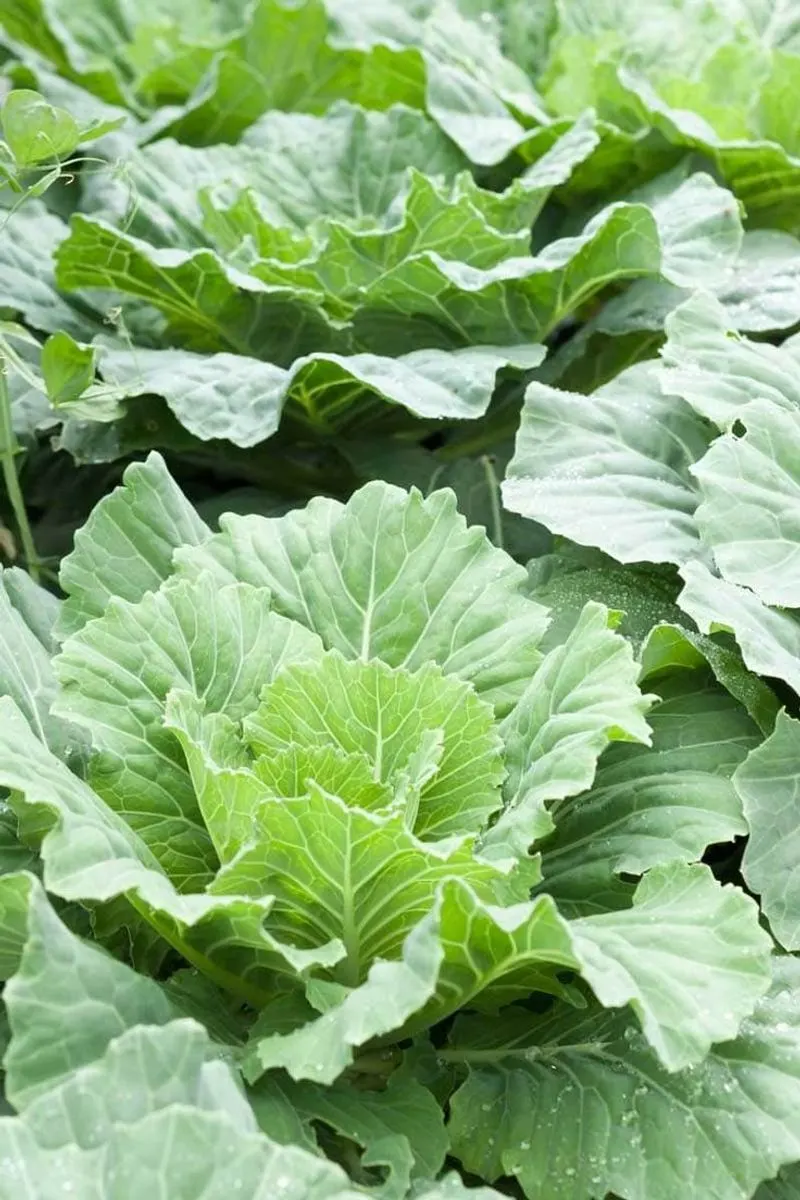
Collard greens are celebrated for their hardiness and nutritional value. These leafy greens thrive in heat, tolerating drought and poor soil conditions with grace. Known for their large, broad leaves, collards are rich in vitamins and minerals, offering a nutritious boost to any meal. Their ability to withstand neglect makes them ideal for busy gardeners. Collard greens grow continuously, providing a steady harvest throughout the season. Whether used in traditional Southern dishes or modern cuisine, their robust flavor and versatility are sure to impress, making them a staple on the homestead.
Zucchini
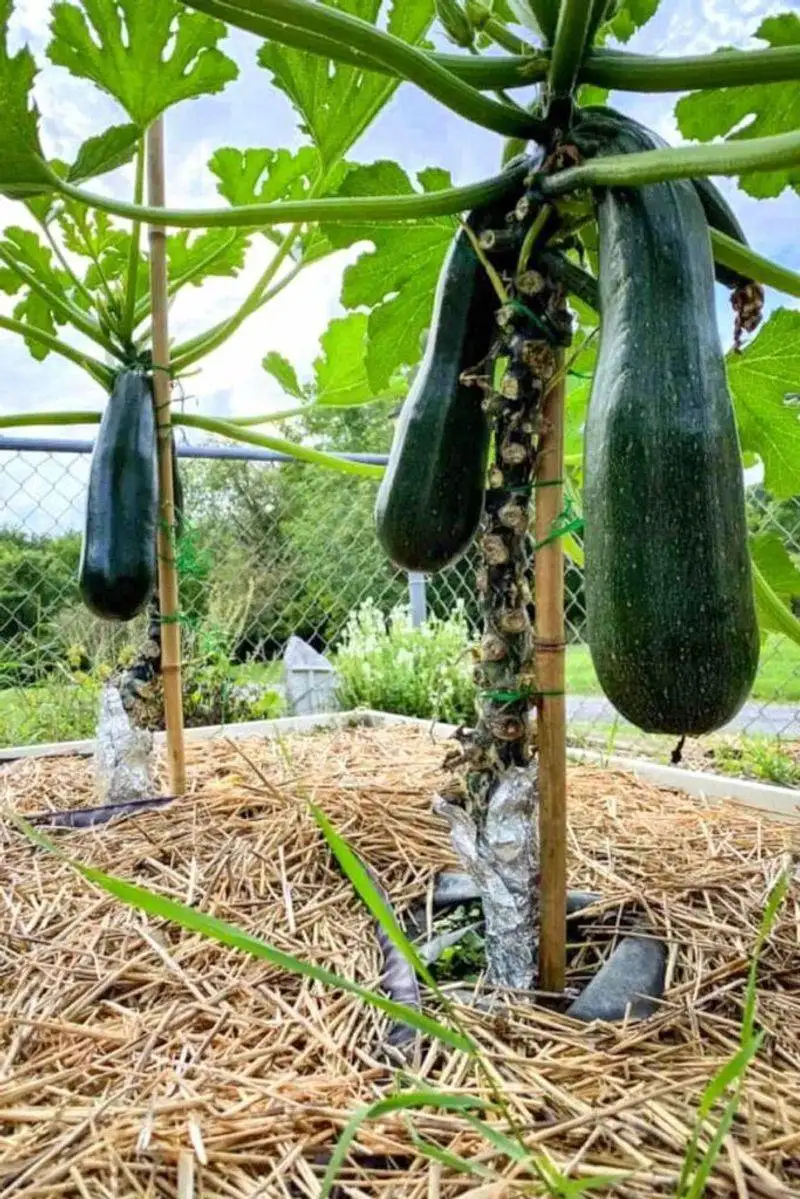
Zucchini is a prolific producer, offering an abundant harvest with minimal care. This summer squash thrives in hot, dry conditions, making it a favorite among homesteaders. Its large leaves provide natural mulch, conserving soil moisture and reducing water needs. Zucchini’s fast-growing nature ensures quick rewards, with fruits appearing in just a few weeks. Both the flowers and fruits are edible, providing culinary diversity. Easy to grow and versatile in the kitchen, zucchini adds a fresh, nutrient-rich element to meals, making it a practical and rewarding crop for resilient gardening.
Eggplant
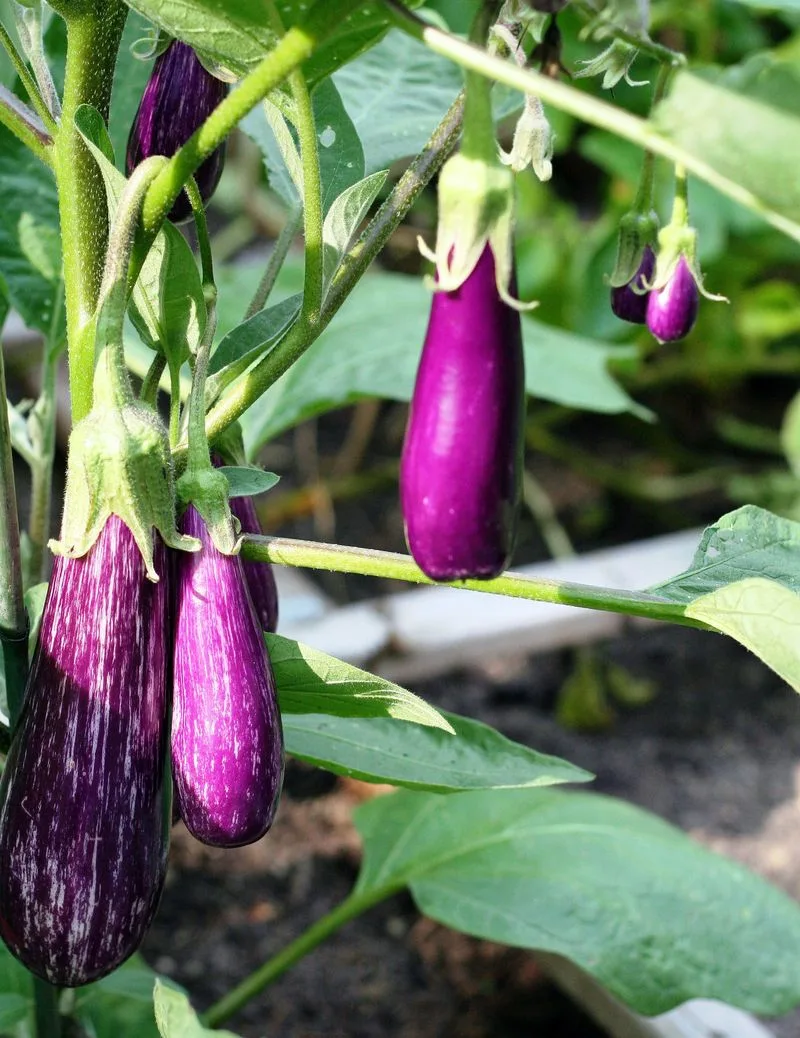
Eggplants are well-known for their resilience, flourishing in areas where heat and drought might deter other crops. With their striking purple fruits and broad leaves, eggplants add both beauty and substance to the garden. These plants require minimal water once established, thriving in full sun and poor soil. Eggplants offer a rich, meaty texture, perfect for a variety of cuisines. Their low-maintenance nature and ability to produce abundantly make them a popular choice for homesteaders. Whether grilled, baked, or stewed, eggplant is sure to satisfy both the gardener and the cook.
Pomegranate
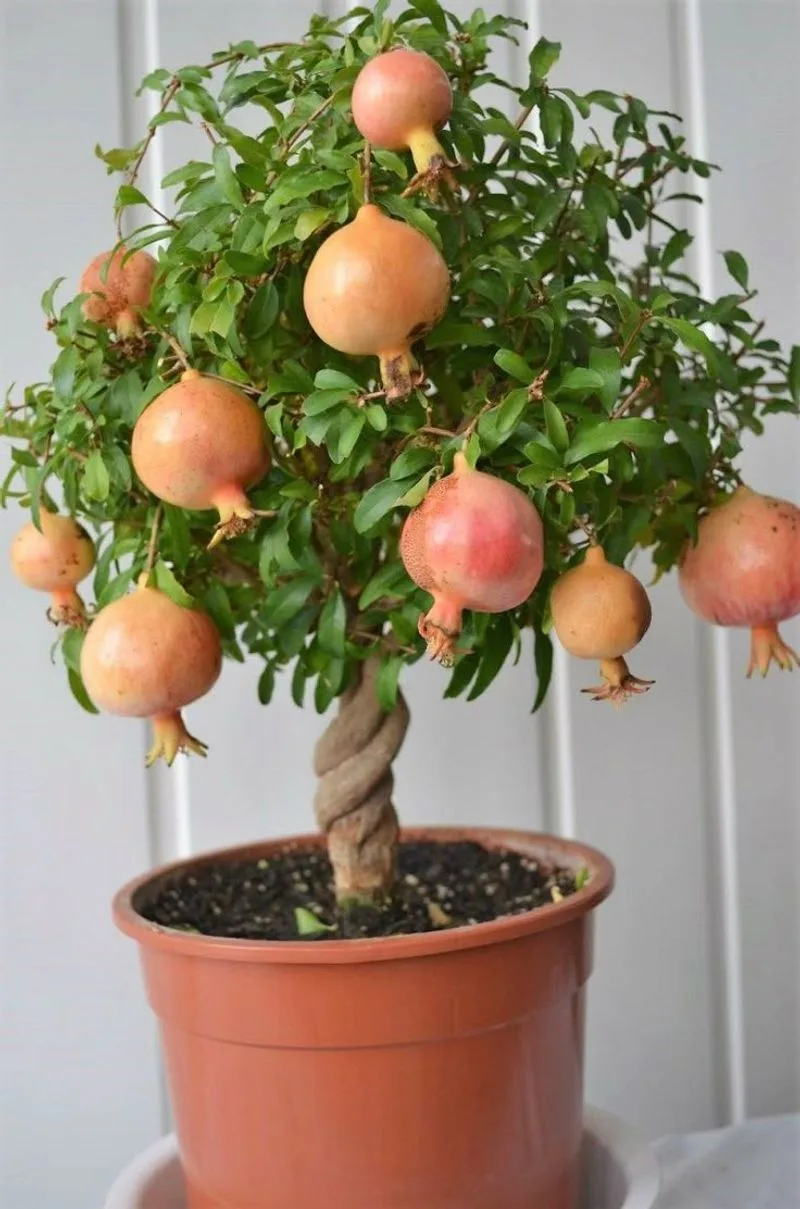
Pomegranates are celebrated for their vibrant fruits and adaptability to dry climates. These trees thrive in hot, arid regions, requiring little water once established. Their bright red fruits are not only delicious but packed with antioxidants, making them a healthy addition to any diet. Pomegranates are low-maintenance, offering beauty and productivity with minimal effort. Their striking appearance and nutritional benefits make them a prized choice for homesteaders seeking both form and function. Whether enjoyed fresh or juiced, pomegranates bring a burst of flavor and color to the homestead garden.
Rosemary
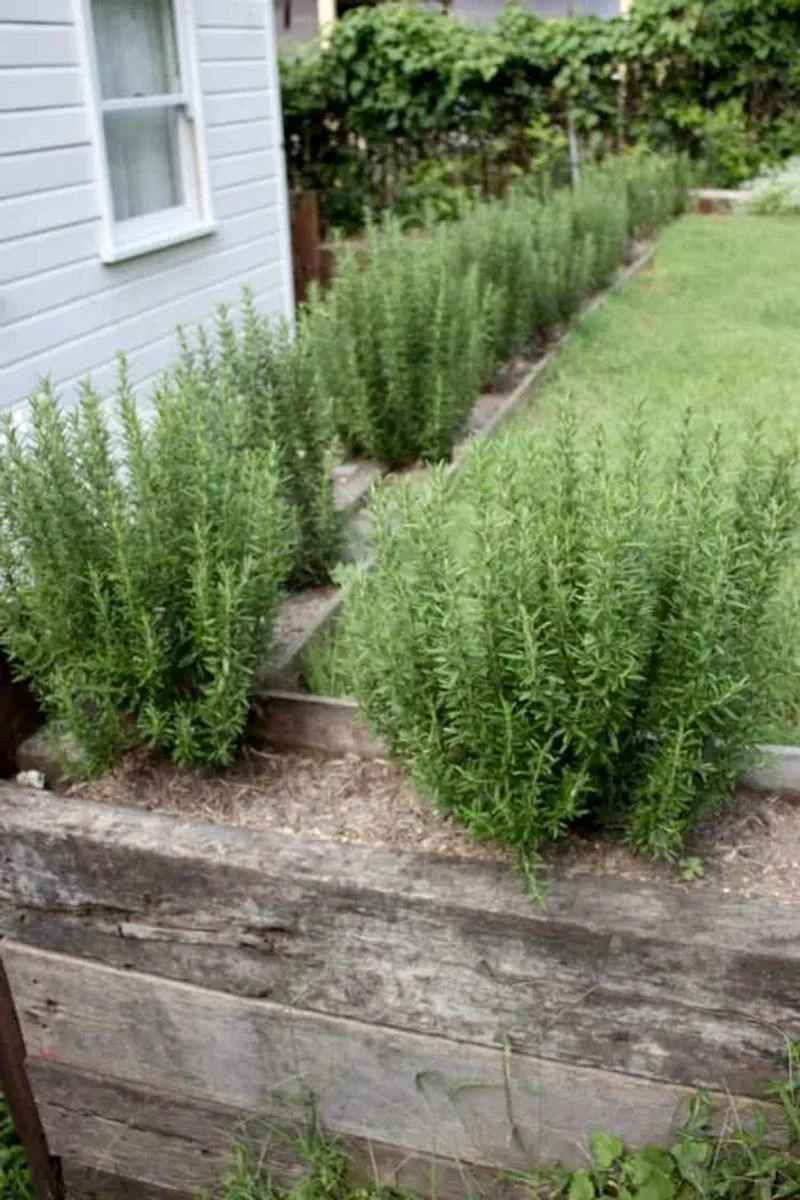
Rosemary’s aromatic leaves and hardy nature make it a favorite among herb gardeners. This perennial thrives in dry, well-drained soil, requiring little water or attention once settled. Its needle-like foliage is rich in essential oils, offering culinary and medicinal benefits. Rosemary’s ability to withstand neglect and poor soil conditions makes it a practical choice for busy gardeners. The plant’s fragrant aroma and evergreen nature add a touch of elegance to gardens and patios alike. Whether used fresh or dried, rosemary enhances the flavor of a variety of dishes, embodying resilience and versatility.
Sage
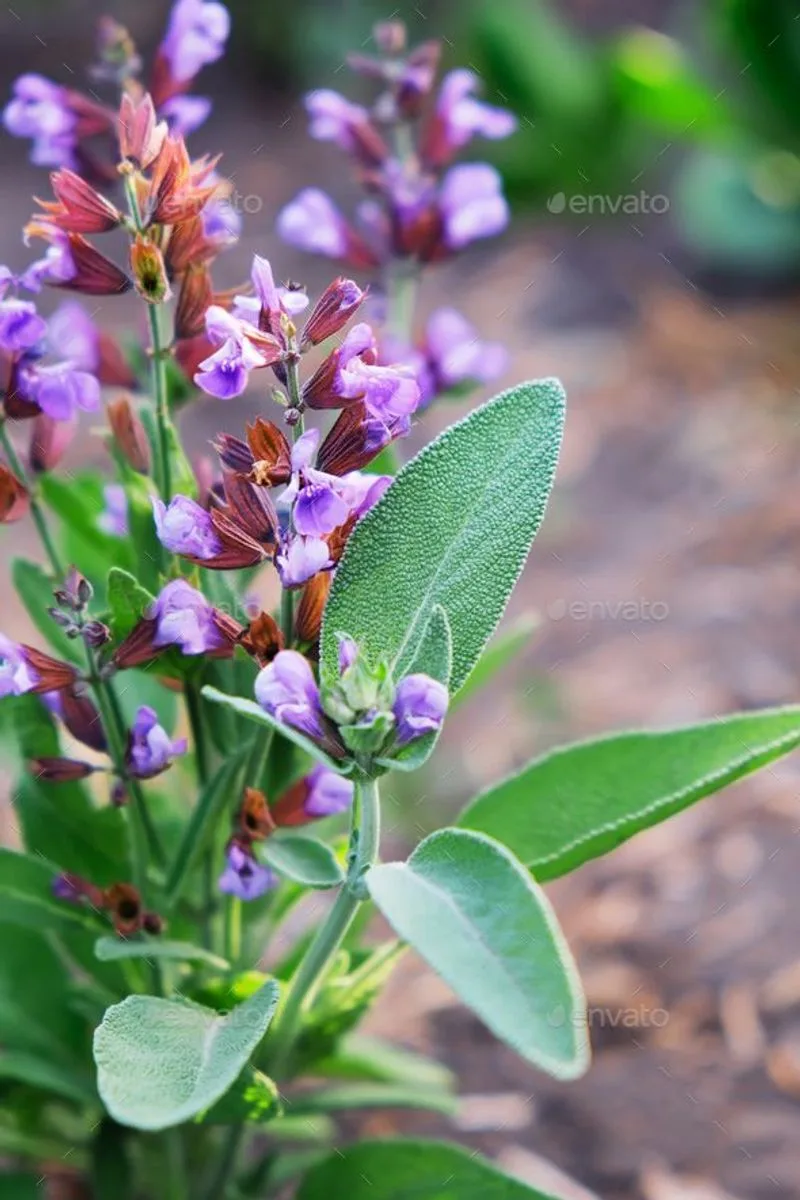
Sage’s distinctive silvery leaves and strong aroma make it a standout in any garden. This herb is exceptionally drought-tolerant, thriving in dry, sunny conditions with minimal water. Sage’s robust flavor complements a wide range of dishes, from meats to teas, making it a versatile culinary staple. Its resilience to neglect and poor soil ensures it remains productive throughout the growing season. Beyond the kitchen, sage is valued for its medicinal properties, often used in traditional remedies. For homesteaders seeking a hardy and multifunctional plant, sage is an invaluable addition.
Thyme
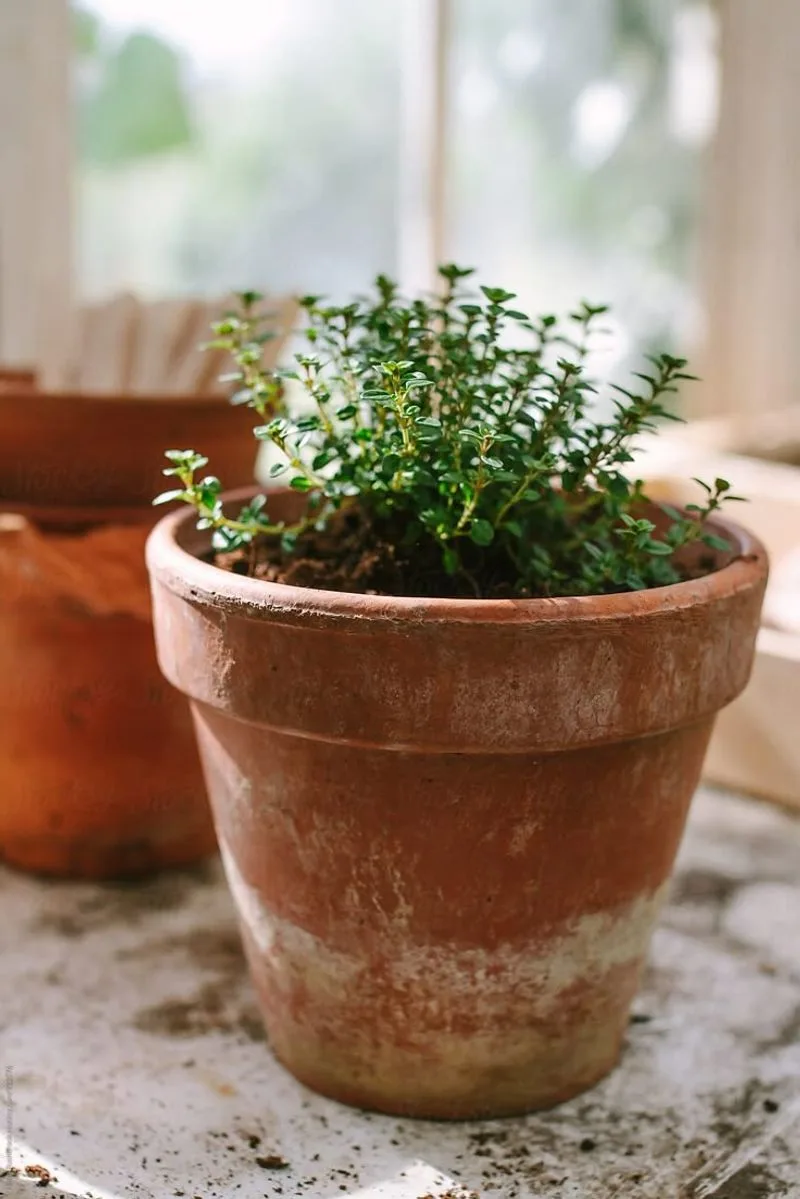
Thyme is a petite powerhouse, known for its aromatic leaves and resilience. This perennial herb thrives in dry, rocky soil, requiring little water or maintenance. Its tiny leaves pack a punch of flavor, making thyme a staple in culinary and medicinal applications. Thyme’s low-growing habit makes it an excellent ground cover, suppressing weeds and conserving moisture. Its flowers attract beneficial insects, promoting a healthy garden ecosystem. Whether used fresh or dried, thyme enhances a variety of dishes with its unique flavor. Its hardiness and versatility make it a beloved choice for homestead gardens.
Fig
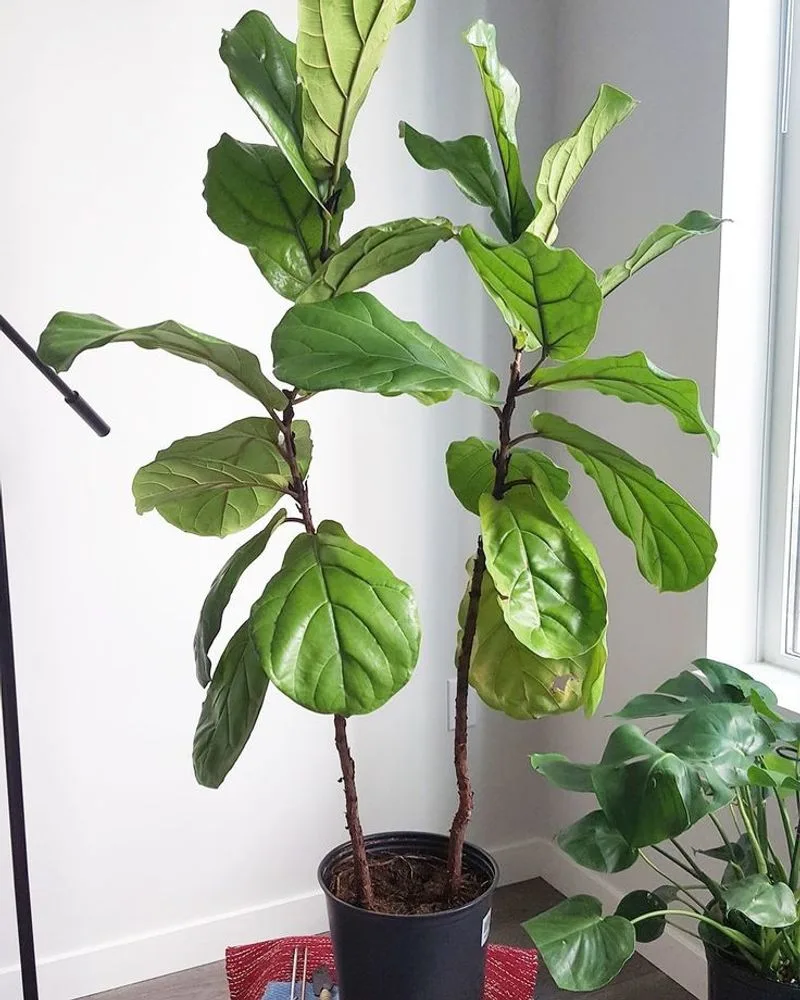
Figs are treasured for their sweet, succulent fruits and ability to thrive in hot, dry conditions. These trees require little water once established, making them ideal for arid regions. Figs’ broad leaves provide natural shade, creating a microclimate that benefits neighboring plants. Their fruits are versatile, enjoyed fresh, dried, or in preserves, adding culinary variety. Figs are low-maintenance, offering beauty and productivity with minimal effort. Their adaptability to different soil types and climates makes them a practical choice for self-sufficient gardening. With figs, homesteaders enjoy both flavor and resilience.

